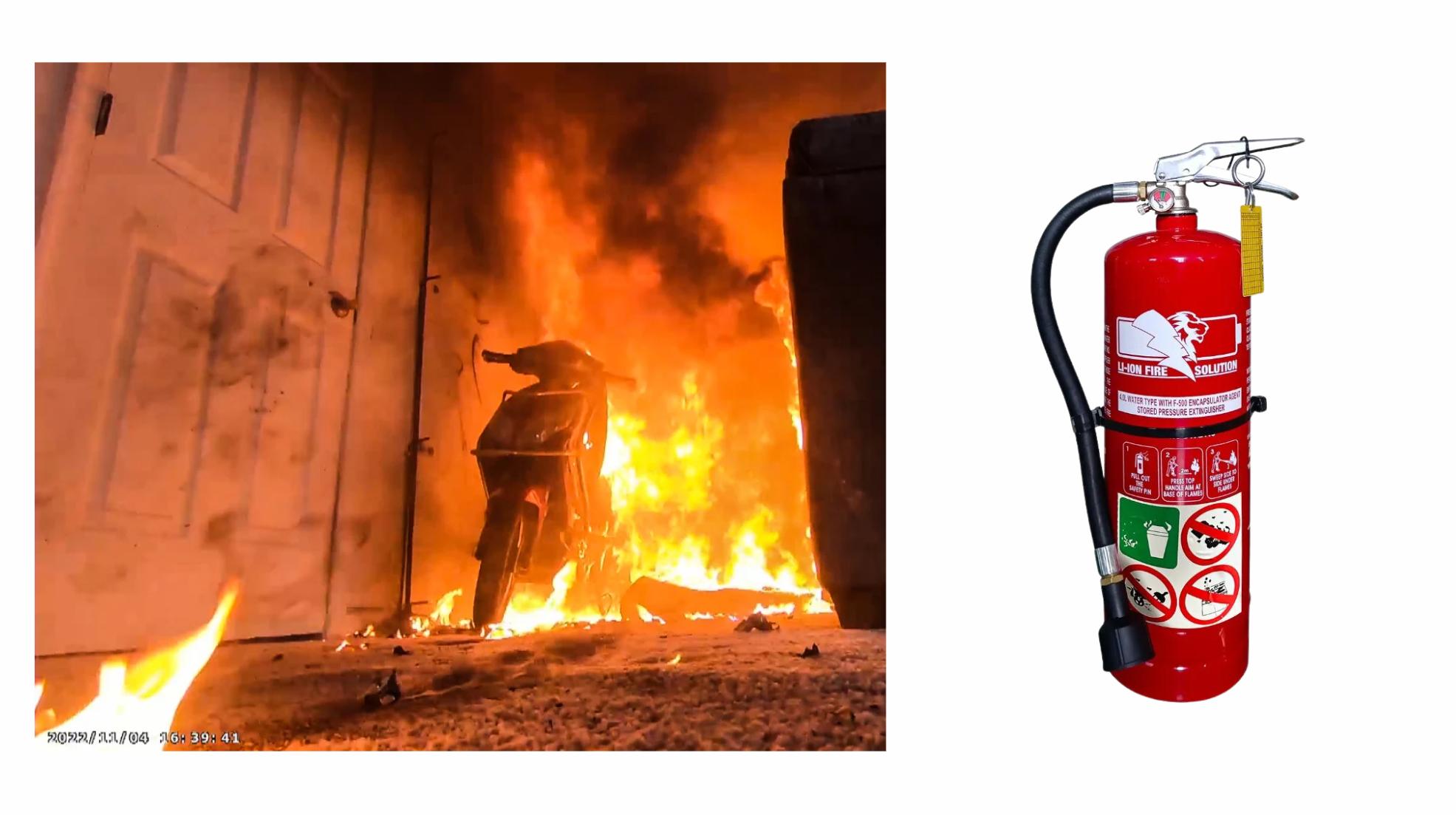The Lithium Chemistry Behind Samsung Battery Fires: An In-Depth Analysis
Samsung battery fires often stem from manufacturing defects leading to thermal runaway—a condition where internal heat causes the battery to ignite uncontrollably. The use of substandard materials and design flaws can compromise safety, emphasizing the need for rigorous quality control in battery production.
The Samsung Galaxy Note 7 battery fires were a significant incident in the realm of mobile technology and safety. To fully comprehend the root causes and implications of these battery failures, it is essential to delve into the specific lithium chemistry utilized in these batteries. This article provides a comprehensive examination of the lithium chemistry involved, particularly focusing on lithium cobalt oxide (LiCoO2), and the subsequent design flaws that led to the fires.
Understanding Lithium Cobalt Oxide (LiCoO2) Chemistry
Composition and Properties
Lithium cobalt oxide (LiCoO2) is a type of lithium-ion battery chemistry commonly used in consumer electronics due to its high energy density. It consists of lithium ions intercalated between layers of cobalt oxide, making it a popular choice for applications where space and weight are critical. This chemistry is prized for its ability to deliver high voltage and energy, but it also comes with inherent risks if not properly managed.
Electrochemical Performance
LiCoO2 batteries offer superior electrochemical performance compared to other lithium-ion chemistries. They typically feature a nominal voltage of around 3.7 volts per cell, which translates into a higher energy density. This high energy density is advantageous for powering compact devices such as smartphones. However, this performance comes at the cost of thermal instability under certain conditions, which can lead to catastrophic failures if not carefully engineered.
The Samsung Galaxy Note 7 Incident
Battery Design Flaws
The Samsung Galaxy Note 7’s battery fires were attributed to several critical design flaws in the LiCoO2 batteries used in the device. An internal investigation revealed that the batteries suffered from manufacturing defects that compromised their safety. These defects were primarily related to:
- Electrode Wrapping Issues: The design flaw involved insufficient wrapping of the electrodes, which allowed them to make unintended contact, causing short circuits.
- Separator Failures: The battery’s separator, which is crucial for preventing direct contact between the positive and negative electrodes, was inadequately manufactured. This lack of proper separation led to internal short circuits.
- Assembly Tolerances: The battery assembly had tolerances that were too tight, increasing the risk of physical stress and deformation during use, which in turn heightened the risk of thermal runaway.
Thermal Runaway and Fires
When a lithium-ion battery undergoes thermal runaway, it experiences a rapid increase in temperature and pressure, leading to fires and explosions. In the case of the Samsung Galaxy Note 7, the design flaws in the LiCoO2 batteries significantly contributed to this phenomenon. The internal short circuits caused by electrode and separator issues led to an uncontrollable rise in temperature. This thermal runaway reaction was exacerbated by the high energy density of the LiCoO2 chemistry, resulting in fires that could not be easily contained.
Investigative Findings and Consequences
Samsung’s Response and Mitigation Measures
Following the widespread incidents, Samsung undertook a thorough investigation into the causes of the battery failures. The company implemented several mitigation measures to address the issues and prevent future occurrences:
- Enhanced Quality Control: Samsung revamped its battery manufacturing processes to include more rigorous quality control measures, ensuring that each battery met safety standards.
- Battery Design Revisions: The company redesigned its battery architecture to include improved safety features, such as better electrode separators and more robust thermal management systems.
- Supplier Audits: Samsung increased its scrutiny of battery suppliers to ensure that all components adhered to the highest safety standards.
Industry-Wide Implications
The Samsung Galaxy Note 7 battery fires had significant ramifications for the battery industry as a whole. The incident underscored the importance of rigorous safety testing and quality assurance in battery manufacturing. It led to increased regulatory scrutiny and a broader industry-wide focus on enhancing the safety and reliability of lithium-ion batteries.
Future Directions in Lithium Battery Chemistry
Advancements in Battery Technology
In response to the shortcomings highlighted by the Galaxy Note 7 incident, researchers and manufacturers are exploring advancements in battery technology to improve safety and performance. These advancements include:
- Solid-State Batteries: Solid-state batteries use a solid electrolyte instead of a liquid one, which can significantly reduce the risk of thermal runaway and improve overall safety.
- Lithium Iron Phosphate (LiFePO4): This alternative lithium chemistry offers enhanced safety and thermal stability compared to LiCoO2, though it has a lower energy density.
- Silicon-Based Anodes: Silicon-based anodes are being investigated for their potential to increase energy density while improving safety compared to traditional graphite anodes.
Regulatory and Safety Standards
As a result of the Galaxy Note 7 fires, there has been a push for more stringent regulatory and safety standards within the battery industry. Regulatory bodies are focusing on setting higher safety benchmarks and ensuring that manufacturers adhere to comprehensive testing protocols to prevent similar incidents in the future.
Conclusion
The Samsung Galaxy Note 7 battery fires serve as a crucial case study in understanding the limitations and risks associated with lithium cobalt oxide (LiCoO2) chemistry. The detailed examination of the design flaws and their impact on battery safety provides valuable insights into the complexities of lithium-ion technology. As the industry moves forward, the lessons learned from these incidents will drive innovation and improvements in battery safety and performance.
By addressing the critical issues related to battery design and incorporating advanced technologies, manufacturers can enhance the safety of lithium-ion batteries and prevent future failures. The evolution of battery technology continues to be a dynamic field, with ongoing research aimed at developing safer and more efficient energy storage solutions.

